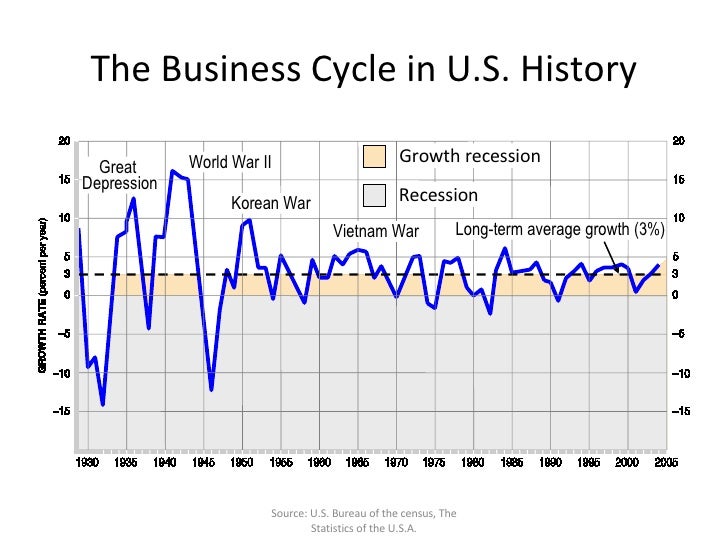-
Tom Dalton (not his real name) ran a very successful distribution business. He had been in business for 42 years and the business had been successful for a long time. He has seen the ebbs and flows of the economic roller coaster, so it is not new to him. For the last two years, business had been expanding quite aggressively, albeit with only two customers. Both these customers were recently purchased by US competitors, and the signals from the new owners are somewhat concerning and nothing Tom can do or say appears to be changing their minds.
On another front, Tom’s oldest customer is going out of business. The products he was buying from Tom were part of old technology that have now been discontinued. The owner is retiring, and is planning to sell off the business, or close it down. Either way, Tom’s livelihood looks to be under threat.
Sound familiar? Well, it happens more often than you can believe.
So what can we learn from Tom’s experience, and how does he begin his renaissance?
The economic roller coaster is clear to see
People say that the only certainties in life are death and taxes. Well, history has shown that another certainty is that when an economy grows, it will inevitably decline in time. The following graph shows The US Business Cycle since the 1930’s.

The economic roller coaster
The fortunes of individual businesses and markets rise and fall in much the same way – obviously not always within the same timeline, but rise and fall they will. Those businesses that recognize this fact, and plan to deal with these fluctuations will be best placed to maintain momentum. Ignore this fact and you risk failure. Trying to limit the ups and downs of this inevitable roller coaster ride should be a task that every businessperson tackles – head on!
Six steps to overcoming this roller coaster ride
Here are 6 steps that companies can take to flatten this economic roller coaster by filling in the valleys and taking advantage of the hills:
1. Never stop looking for customers
Don’t stop looking for customers just because “you can’t handle any more business”. Sooner or later you’ll have the capacity and then it will be a struggle to find new business, especially if they aren’t already in your sales pipeline. Find a way to have more customers than you need, and try to manage the demand. Try to negotiate partial orders. Outsource part of the production or service if you can’t handle it yourself. But find a way.
Having a customer already doing some business with you will give you a great chance of getting more business from that customer when YOU need it.
2. Spend money when you have money
When things are going well, companies want to fatten their bottom line instead of plowing it back into the foundation of the business. This is totally understandable, but sometimes, shortsighted. The most common situation is that businesses only look to spend marketing money when times are tough. But how many of them put the money aside in preparation for that time? Consequently, they have limited funds WHEN IT IS NEEDED MOST and therefore find it tough to make up lost ground. This often forces them into a downward spiral. They should be spending money to maintain awareness and have potential new customers ready to order.
Spread the awareness of your business through marketing activities when you have the money – take advantage while you can, and limit the risk of a decline. It will surely come if you do nothing
3. Don’t wait for the downturn to look for recovery – by then it’s too late
In many ways, if you plan for your next downturn, you’ll be in great shape when it comes. In fact, if you’ve already put plans in place, and are executing those plans, you could prevent the next downturn from coming at all.
What makes new customers call? Remember AIDA – Attention, Interest, Desire, and Action.
- Step #1 – Catch their attention. Ensure that they are aware of you. You can’t do that if you remain silent.
- Step #2 – Ensure that you are communicating with them about the reasons and about the things they want to buy – this will raise their interest in buying from you. Without these crucial first steps, you have no chance of creating a desire in them to buy from you. Buying action is what you are ultimately looking for.
4. Embrace change – it can keep you ahead of the chasing pack
Change is another certainty in life. The world around you is changing minute by minute. If you stand still, you are in fact falling behind. In most cases, unless you have a monopoly or uniqueness so great (and that will change soon enough anyway), you have to stay with the pack by accepting change, at very least.
Embrace change and you could streak ahead. Make the change WORK FOR YOU and you will prevent the downturn.
5. See Marketing as a prerequisite for business growth
I am talking about the thinking, planning and strategizing part of marketing. Not the communications side of marketing (websites, social media, emails etc – these are just tactics that you use to implement the strategies and the plans you have decided upon. While these tactics are relevant in order to implement, you cannot allow your thinking to be overwhelmed by these tactics. Planning will ALWAYS come first).
A strategic marketer can help you differentiate the strategies from the tactics. Doing this is crucial to your long-term success.
In addition, many companies are afraid of marketing. Why? Probably because they have never implemented a properly coordinated marketing plan. Ad hoc advertising or promotional activities DOES NOT make up a Marketing Plan. This thinking leads to misconceptions about what marketing really is and how it can and should be implemented. Most important is the understanding of how marketing can help. One of the overriding concerns to owner/managers is the cost of marketing. So the solution is simply to walk away? Dead wrong!
All companies should be marketing at some level if they want to be able to deal with the economic roller coaster. And since money is usually tight, SMART MARKETING IS THE ONLY SOLUTION. Smart Marketing can be defined as: the marketing that is totally appropriate to the needs of the specific company. Smart Marketing ensures that you spend the right amount of money to generate the best possible returns.
6. If you are unsure how to proceed, get help to maintain momentum
The biggest challenge to small and midsize businesses in overcoming the economic roller coaster is to plan ahead and to have the right resources available to execute proper marketing. And that includes people. Some companies have embraced outsourcing as a solution. Others have employed internal resources, although the trend today is towards “lean and mean”. For those that haven’t dealt satisfactorily with this challenge, they should be looking to retain some kind of help to educate, guide, and help to plan the companies marketing with owners/managers.
Have an open mind to find the solution that works for you. Don’t just ride the economic roller coaster. Try and beat the downside by planning to deal with it, and ride the upside when you succeed. Don’t let the status quo remain – if you do you could find everyone else passing you by.
By Neville Pokroy

Neville Pokroy has over 30 years of experience in all aspects of business growth, strategy and marketing, from big business to sole proprietorships. His hands-on experience spans the most basic to the most strategic, and everything in between. This has provided him with tremendous insight at all levels of the marketing discipline, and in particular, how it impacts on the ability of businesses to leverage marketing as a prerequisite for growth in a changing world.
If you are interested in finding out how these skills and insights can help you grow: Call me today 905-886-2235.
Helping Businesses
Grow Profitably
- Navigation
- About Us
- Our Company
- » Our Team
- » How We Work
- » Our Process
- » Strategic Partners
- » Download Brochure
- » Join Us
- Services
- » Business Growth
- » Business & Strategic Planning
- » Marketing
- » Financial
- » Organizational Design
- » Executive Coaching
- Our Work
- » Case Studies
- » Testimonials
- » Results
- » Portfolio
- » Clients
- Testimonials
- Contact Us
Six steps to overcoming the economic roller coaster
OUR WORK
NEWS & BLOG
About Us
Mastermind Solutions is a multi-disciplined consulting firm comprising of highly experienced professionals. We are committed to attaining the highest customer satisfaction by providing accelerated solutions to your business challenges.
We specialize in Business Growth. We deliver to clients' a sustainable future by helping them define where and how they wish to grow. And then we make that happen, together with you.
Recent Blog Posts
- Strategy Myopia - preventing business from delivering their vision
- The power of branding: why it matters more than you think.
- Does Your Controller Need a Coach (Part 1)?
- The secret weapon for small & mid-sized Business Owners, Presidents, CEO's
- 10 factors that will help your law firm become more successful - legal marketing re-defined
- Make a difference in your life, stop following blindly
Contact Us Now
Have a question to ask? Want to learn more?
We’d love to hear from you.For Strategic Planning Call (905) 886-2235
For Marketing Call (905) 886-2235
For Finance Call (416) 726-8256
Marketing Coaching Toronto | Business Strategy Planning Toronto | Company Organizational Design Toronto
Marketing Company Toronto | Financial Consulting Services Toronto | Financial Management Company Toronto
© Mastermind Solutions Inc. | Sitemap

1 comment
We'd love to hear what you think
Comment Cancel